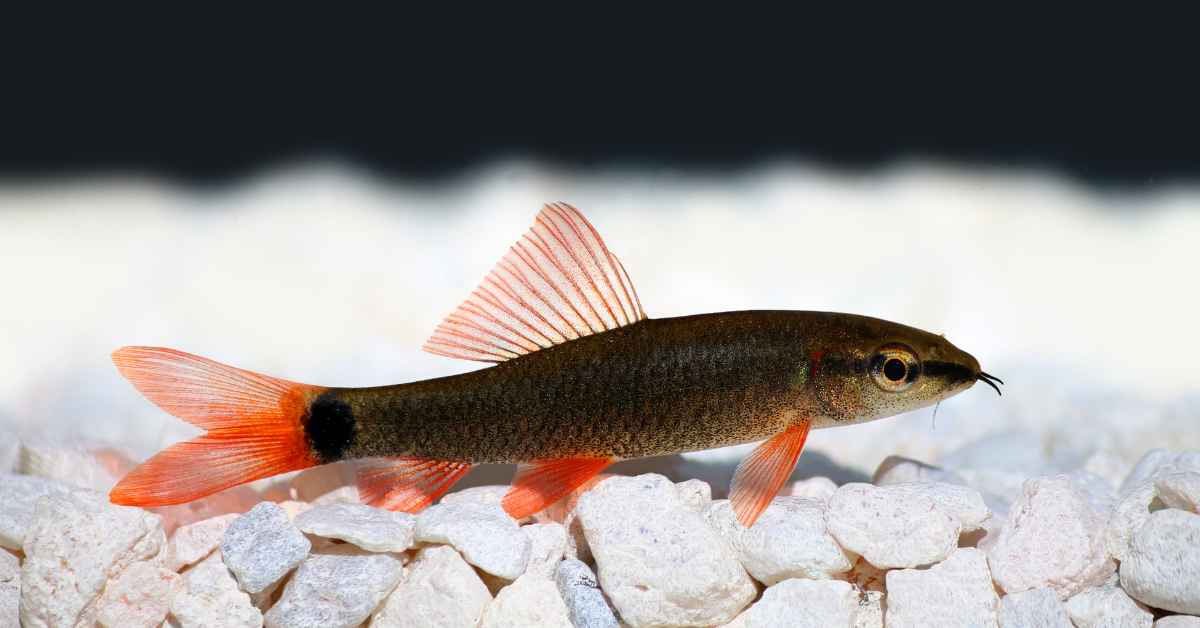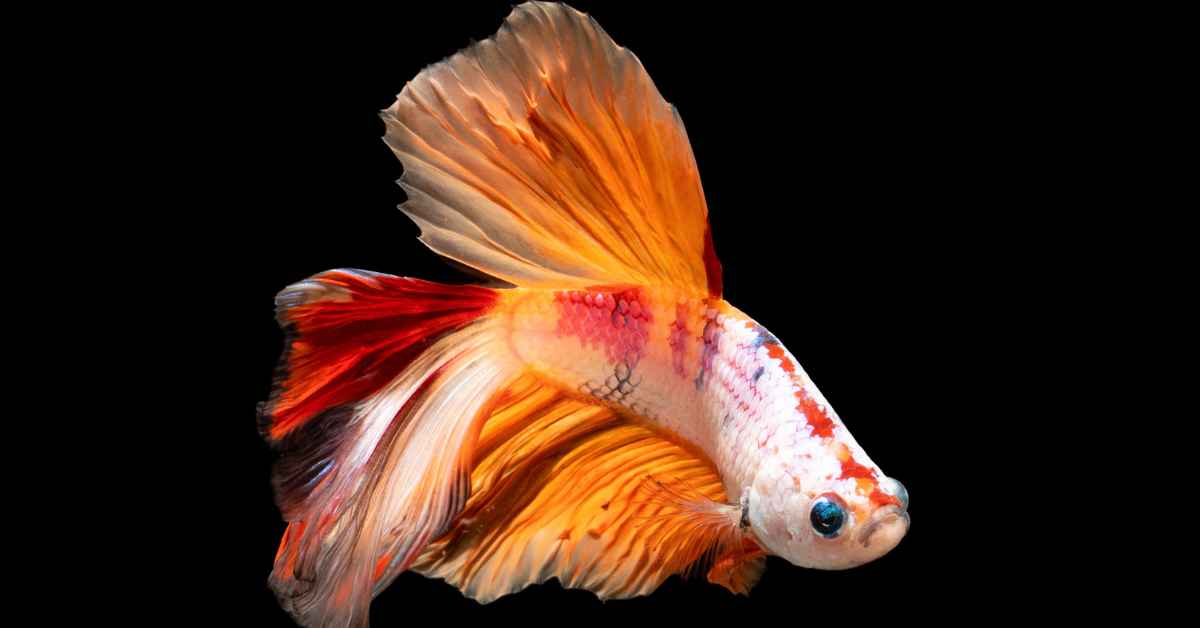- Intro
- Natural Habitat and Behavior
- Tank Requirements
- Feeding and Diet
- Breeding and Reproduction
- Health and Disease
- Conclusion
Intro
Rainbow sharks are a popular species of freshwater fish that are often kept as aquarium pets. They are known for their vibrant colors and striking appearance, which can add a unique touch of beauty to any aquarium.
However, before bringing a rainbow shark home, it’s important to understand the proper care and maintenance that is required to keep them healthy and happy.
In this complete guide, we will cover everything you need to know about rainbow shark care, from their natural habitat and behavior to their tank requirements, feeding, breeding, and health. With the information provided in this guide, you will be well-equipped to provide your rainbow shark with the best possible care in captivity.
Natural Habitat and Behavior
Description of the natural habitat of rainbow sharks: Rainbow sharks are native to the rivers and streams of Southeast Asia, specifically in Thailand, Laos, Cambodia, and Vietnam. They prefer freshwater environments with a slightly acidic to neutral pH level and a temperature range of 72-82°F (22-28°C). In their natural habitat, they can be found in slow-moving waters with plenty of vegetation and hiding spots.
Information on the behavior of rainbow sharks in their natural habitat: In the wild, rainbow sharks are known to be active and curious, often exploring their surroundings. They are also territorial fish and will establish a specific area as their own. This can be seen in captivity as well. They are also known to be aggressive towards other fish, particularly those with similar coloration and body shape. It’s important to keep this in mind when selecting tankmates for a rainbow shark, as they may become aggressive towards other fish.
Note: There are different subspecies of Epalzeorhynchos, and they might have slightly different preferences and behaviors.
Tank Requirements
Rainbow sharks require a minimum tank size of 55 gallons, but a larger tank is recommended for optimal care. They should be kept in a freshwater aquarium with a slightly acidic to neutral pH level of 6.5-7.5 and a temperature range of 72-82°F (22-28°C). Water should be well-filtered and well-oxygenated.
Rainbow sharks require a good filtration system to keep the water clean and healthy. A power filter or canister filter is recommended, as it will provide the necessary water flow and filtration. Lighting should be kept moderate, as too much light can cause stress and affect their coloration. Additionally, providing hiding spots like caves, rocks and plants will also help them feel more secure in their environment.
It’s important to note that rainbow sharks are known to be sensitive to water quality, so regular water changes and monitoring of water parameters are essential to ensure a healthy and stress-free life.
Feeding and Diet
In the wild, rainbow sharks are primarily carnivorous and feed on a variety of foods such as worms, crustaceans, and small fish. They also have a tendency to feed on algae and other plants.
In captivity, rainbow sharks should be fed a varied diet that includes a combination of live, frozen, and sinking pellets. It is important to provide them with a balanced diet of protein and vegetable-based foods. Feeding them small amounts of food multiple times a day is recommended. It’s important to avoid overfeeding, as this can lead to poor water quality and health issues for your rainbow shark. Additionally, it’s important to keep an eye out for any signs of malnutrition and adjust the diet accordingly.
Breeding and Reproduction
In the wild, rainbow sharks reach maturity at around 2-3 years of age and reproduce via spawning. They are egg layers, and the female will lay her eggs on a flat surface such as a rock or leaf, and the male will fertilize them. After hatching, the fry will need to be removed from the tank as adult rainbow sharks have been known to eat their own young.
Breeding rainbow sharks in captivity can be challenging due to their aggressive nature and the difficulty in getting them to pair off. To increase the chances of breeding success, it is recommended to keep a ratio of one male to two females, and to provide them with a spacious tank with plenty of hiding spots and plants. Additionally, providing them with a varied diet and maintaining optimal water conditions can also help to encourage breeding.
It’s important to keep in mind that breeding rainbow sharks in captivity is not an easy task and might not be possible for the average aquarist. Successful breeding of rainbow sharks in captivity is still considered rare and is considered an advanced level of fish keeping.
Health and Disease
Some common health issues that can affect rainbow sharks in captivity include parasitic infections, bacterial infections, and fungal infections. These can be caused by poor water quality, improper diet, and stress. Additionally, rainbow sharks can also be prone to fin rot and other fin related issues.
To prevent and treat common health problems, it is important to maintain optimal water conditions and a balanced diet. Regular water changes and monitoring of water parameters are also essential. Keeping an eye out for any signs of illness and consulting with a veterinarian or a knowledgeable aquarist is also recommended.
In case of a disease outbreak, quarantining the affected fish, treating the water with appropriate medications and making sure to maintain good water conditions can help to prevent the spread of the disease.
It is important to note that preventing the disease is always better than treating it, so proper care and maintenance of your rainbow shark’s tank is crucial to keep them healthy.
Conclusion
This article has provided a comprehensive guide to rainbow shark care, covering everything from their natural habitat and behavior to their tank requirements, feeding, breeding, and health. It has discussed the importance of understanding the specific needs of rainbow sharks and providing them with the proper care and maintenance to keep them healthy and happy in captivity.
It is important to remember that rainbow sharks are sensitive fish and require specific care and maintenance. Proper care and attention to their habitat, feeding, and overall health are essential to ensure they live a long and healthy life in captivity.
It is also important to note that keeping a rainbow shark is not a decision that should be taken lightly. It’s recommended to research and educate oneself about the specific needs and challenges of keeping this species before making the decision to bring one home. Additionally, it’s important to be prepared for the possible challenges that may come with keeping them and be ready to take the necessary steps to provide the best care.



